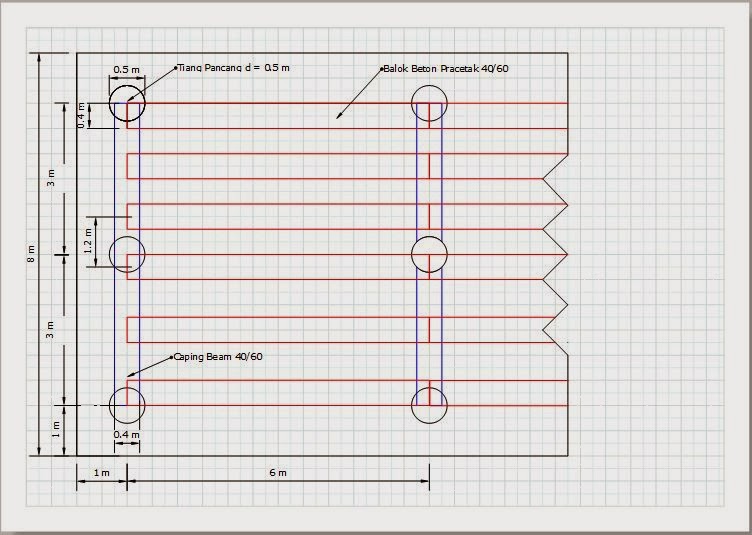Pipeline Integrity Management
What is pipeline integrity management, really?
A point of confusion…
Recently I had a conversation that went badly. Examining it in hindsight it is clear that I was on a completely different wavelength regarding the definition of integrity management. This is not the first time that the definition of integrity management has caused me to have a confusing conversation.
The confusion usually comes when I am speaking to an individual from the operations side of the business. Most specifically, when I am speaking with a vendor who services the operations side of the business.
It’s not what you know…
Figure 1. Typical Organizational Model For a Pipeline
This chart shows a typical organizational model for a pipeline company. My experience confirms that this structure is common. All management functions have been combined into the single box at the top of the structure. Below this box are the four primary concerns of operating a pipeline – operations, pipeline control, technical support, and corporate support.
The entire branch on the left side of this chart is the operations division. Operations is a very visible concern for the pipeline company. In contrast, the pipeline integrity group is merely a box in the technical support group. Because this group is small, typically only a handful of engineers and technicians, many vendors do not encounter them.
It is not surprising that vendors who do not encounter IM would have a skewed perspective of its definition. It is to be expected that they would be unaware of its concerns. To these guys IM is about running pigs and doing DA, because this is where their customers’ concerns are. ”Their customers” being the operations group, not the integrity management group.
Convergent definitions…
Mohitpour et al [i] say that the integrity management and asset management functions of pipeline maintenance are often part of the technical support functional area which is “typically located in the head office of the pipeline company.” This “support group caries out integrity management functions.”
Again, drawing from the book, the authors list the concerns of this group as:
- Pipeline inspection
- Pipe replacement
- Establishing an overall maintenance strategy
- Developing a maintenance program
- Managing computerized maintenance management systems
- Measuring performance of maintenance activities
This explanation seems consistent with the PHMSA definition of integrity management. PHMSA prescribes a program consisting of regular inspections, risk assessments, and mitigation activities. While PHMSA’s primary concern is minimizing the pipeline’s impact on people and the environment, the operator shares these concerns plus the concern of maximizing the pipeline’s useful life. In either case, the activities described in the IM rules are very much aligned with the activities described by Mohitpour.
Both perspectives describe an integrity manager who is concerned about data and process. These are not the boots-on-the-ground guys. They work in an office. They ask the questions “what” and “where”. They are less concerned about “who” and “when”.
My definition, my ambition…
So far, this is consistent with my definition of integrity management and with my understanding of the concerns of the integrity manager. Not to dis the pigs, but they are not what is on my mind when I write about integrity management.
Definition: Pipeline integrity management is a continuous sequence of engineering analyses and subsequent assessments which combine to maximize the useful life of each individual pipeline asset. This is very much about data. It is very much about keeping a record of each analysis, assessment, and decision. It is being able to support a decision when audited.
Ambition: The vision of the integrity manager is to orchestrate the IM process. To see data flow smoothly from one step to the next. To be able to visualize the past, present, and future of maintenance on the pipe. To know who and why and when. To initiate tasks across departments. To have data that goes in clean and stays that way. To continuously improve IM processes and to be able to demonstrate this improvement. To do more with less.
I will go on later. For now, I have clarified the definition of integrity management and have identified the core concerns of integrity managers. In later installments I’ll explore these concerns in more detail.
Until next time,
-Craig
Source: http://craigchamplin.wordpress.com/2009/12/10/what-is-pipeline-integrity-management-really/. January 2015.



Komentar
Posting Komentar